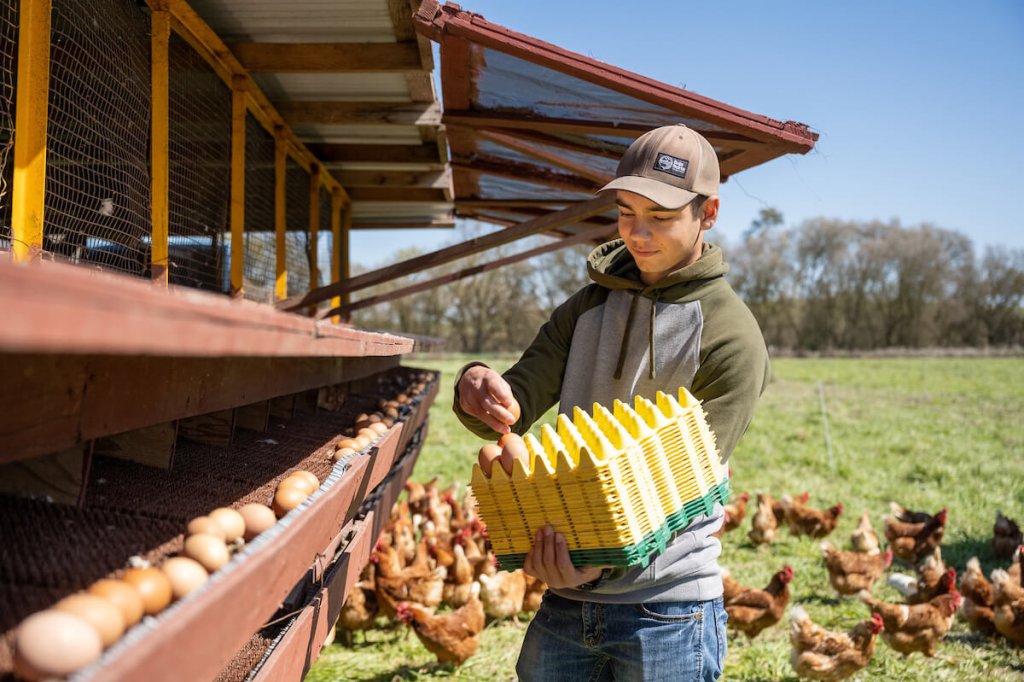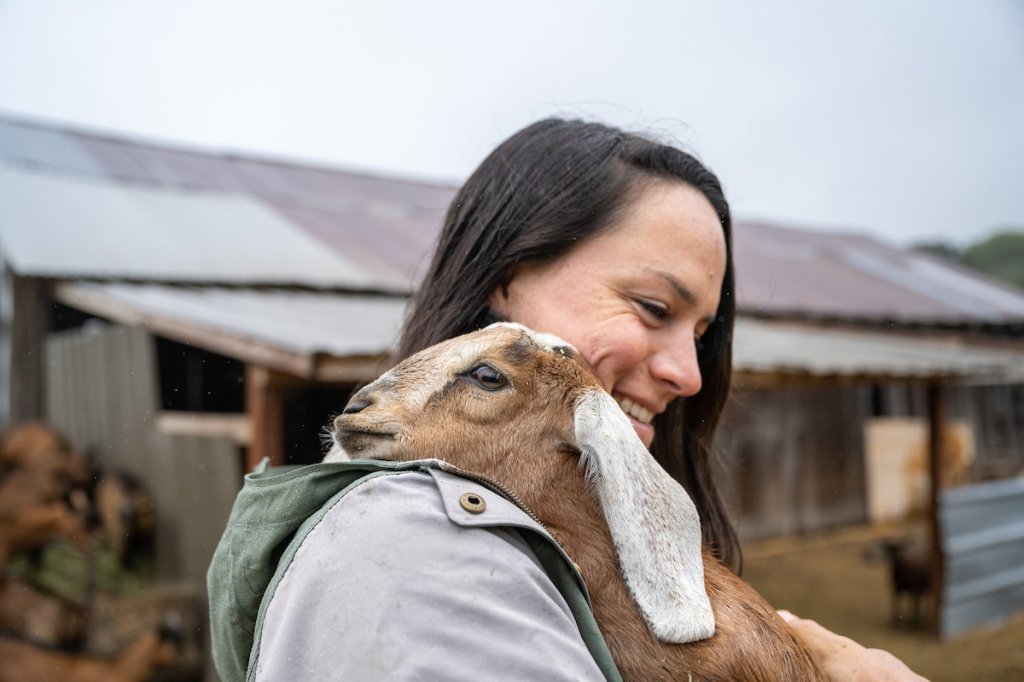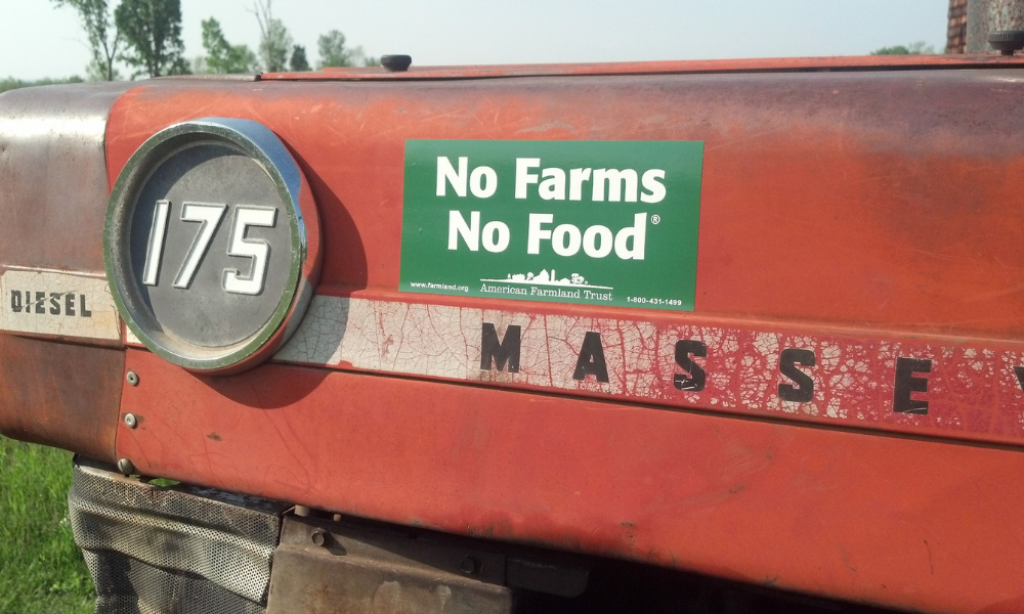Farmland Pollinator Protection
Bees and other wild pollinators are vital to our ecosystem and food supply. It’s estimated that bees alone pollinate approximately 75% of all the fruits, nuts, and vegetables grown in the United States.
While managed honey bees provide the majority of pollination services, wild pollinators are significant contributors as well. In many cases, crops are directly dependent on bees and other invertebrates for pollination.
However, populations of bees and other pollinators have been in significant decline over the past two decades, attributed to various factors, including pesticides, parasites, viruses, loss of foraging habitat, and a changing climate.
In addition to declines in managed bee populations, the U.S. Fish and Wildlife Service lists more than 50 wild pollinator species as being threatened or endangered, and wild honey bee populations have dropped 25 percent since 1990.
The Farmland Pollinator Protection Project aims to grow populations of managed honey bees and wild pollinators by increasing high-quality pollinator habitat and forage resources on protected farms.
Pollinators are essential to crop production: 1/3 of crops grown in the United States require pollination. Despite being critical to agriculture, pollinators are in steep decline. One of the leading causes of pollinator decline is the loss of habitat.
Providing high-quality habitat on well-managed farmland is a promising way to attract and increase managed and wild pollinator populations. Beneficial insects, such as predatory beetles and parasitic wasps can also use this same high-quality habitat.



